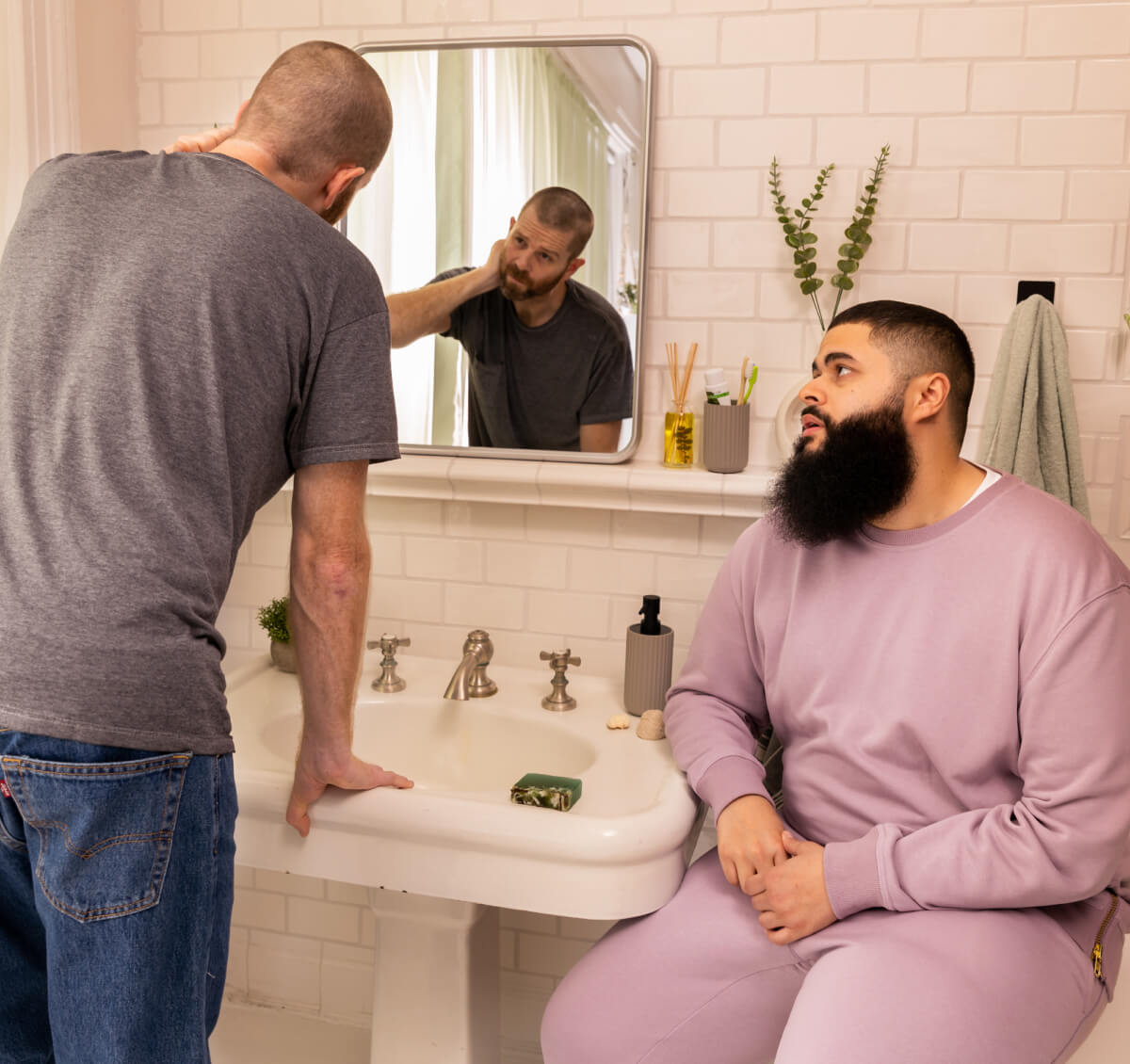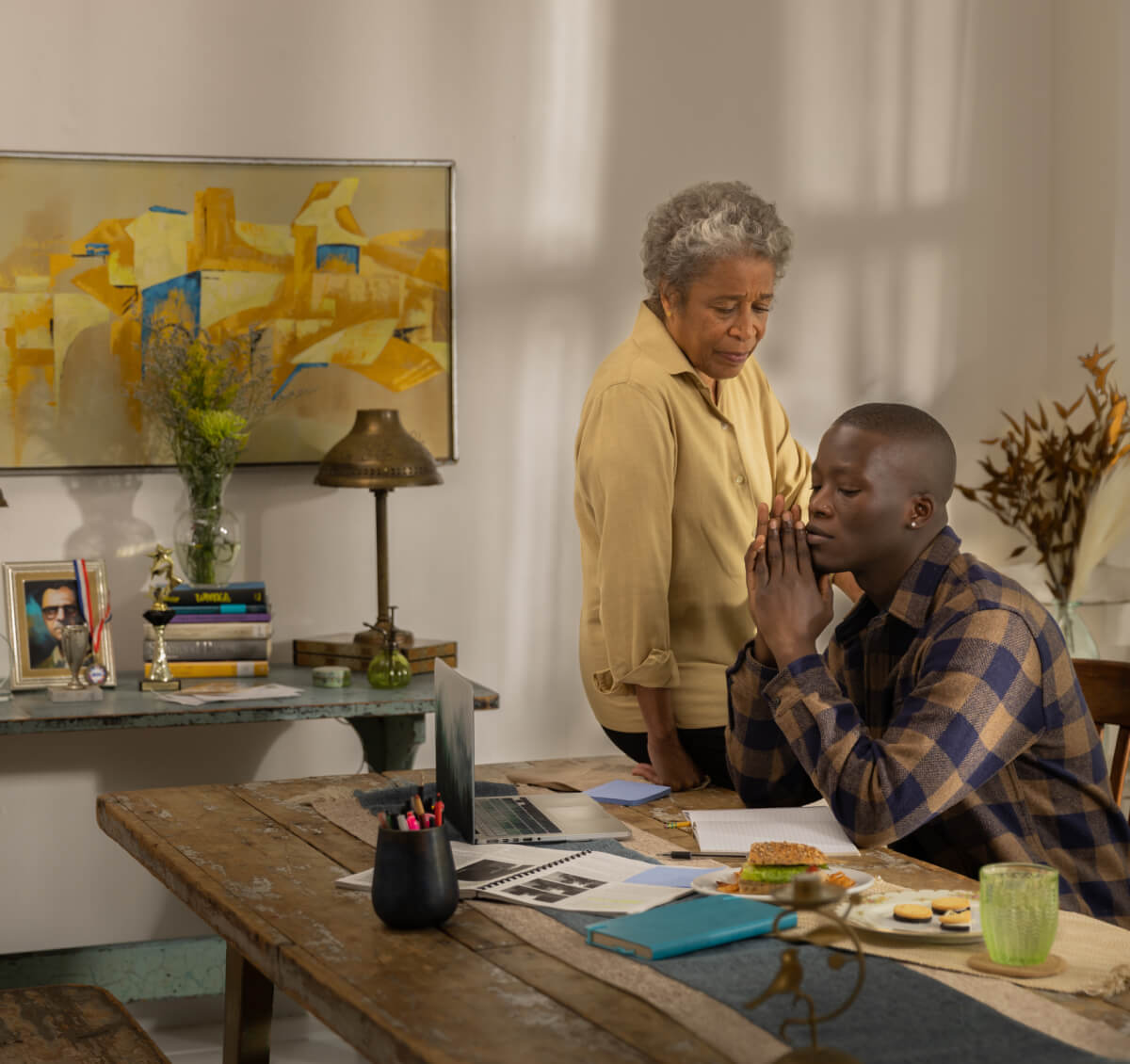
Access to a gun can be the difference between life and death in a moment of crisis.
When someone you love shows warning signs that they might try to harm themselves or someone else, it can feel like there is no way you can help.
But there is one thing you can do: request an extreme risk protection order—sometimes referred to as a red flag order—to temporarily remove guns from the situation and help keep your loved one safe.
of suicide attempts using a gun result in death
more than half of suicides in the U.S. are gun suicides
of people who survive a suicide attempt do not attempt again
An Intervention That Works
When a loved one is in crisis, family members are often the first to recognize warning signs.
An extreme risk order gives you a way to intervene when you have reason to believe your loved one is at serious risk of harming themself or others. And that can be a life-saving intervention.
How It Works in Your State
Extreme risk orders are referred to by different names in different states. But their purpose is the same: to protect people who may be at risk.




